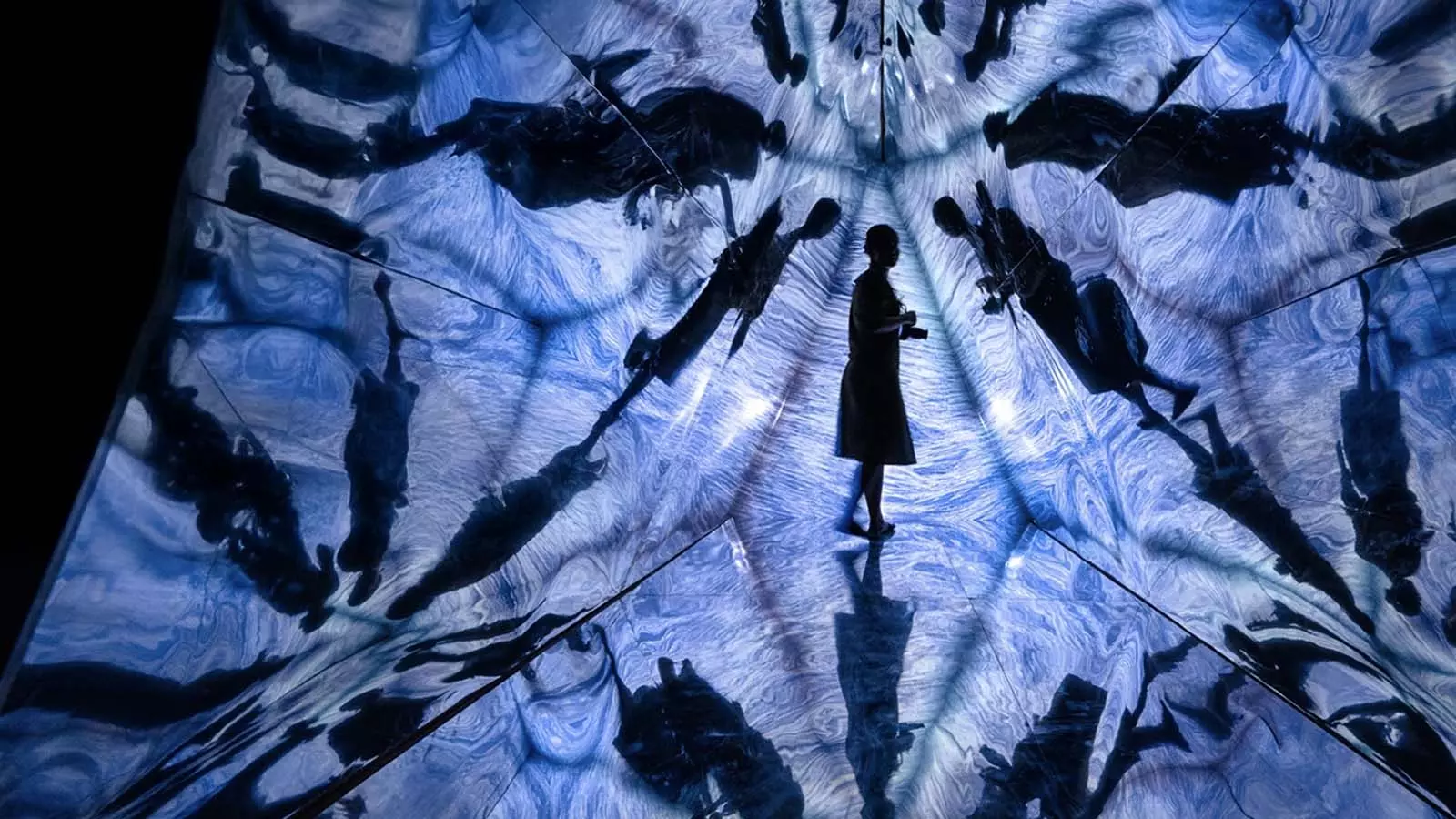
If Serendipity has one defining principle, it’s interdisciplinarity, the belief that no art form exists in isolation. Photo: serendipityartsfestival.com
Serendipity Arts Festival: How Sunil Munjal built South Asia’s leading cultural platform
The 10th edition of the arts festival, to be held from December 12 to 21, will be its most ambitious yet, featuring over 35 curators across disciplines

When Sunil Kant Munjal founded the Serendipity Arts Festival (SAF) nearly a decade ago, it was little more than an idea: a modest attempt to open up access to the arts and bring diverse art forms under one roof. Ten years later, the festival has evolved into one of South Asia’s largest multidisciplinary cultural platforms, transforming Goa each December into a living, breathing canvas of creativity.
10th edition of Serendipity Arts Festival
"This started off as an idea to open up access to the arts for people at large," Munjal recalled. "To encourage different art forms to come together, which was the original way arts were both taught and practised in India. The delightful thing is, today this festival is something that hundreds of thousands of people wait for. The people in Goa consider this their own festival," he said.
Also Read: How the dark, unused halls of a fine arts college turned into living spaces for arts
The 10th edition of the Serendipity Arts Festival, to be held from December 12 to 21, will be its most ambitious yet, featuring over 35 curators across disciplines, including visual arts, theatre, music, dance, photography, crafts, and culinary arts. What began as a cultural experiment is now a national movement that has touched thousands of artists, curators, and visitors.
Goa's spirit of inclusion
Goa, Munjal explained, was chosen not for glamour but for its spirit of inclusion.
“India has very few cities where you can actually do a large event, where people come not for work but to relax,” he said.
Sunil Kant Munjal founded the Serendipity Arts Festival as a modest effort to broaden access to the arts and bring diverse art forms under one roof. Photo: Wikipedia
“Goa has this wonderful, inclusive culture that welcomes people from different backgrounds. Initially, locals were hesitant and thought it was some fancy, expensive event. We had to put ads saying: ‘It’s free. Please come in.’ Since then, we’ve never looked back,” he noted.
The festival’s partnership with the Government of Goa and its local embrace have made Panjim its natural home. What began as an outsider initiative is now woven into Goa’s cultural calendar.
Arts as a shared responsibility
Munjal’s Serendipity project is part of a broader trend of corporate-led arts patronage in India. But Munjal stresses that this isn’t about branding or CSR optics but about reclaiming the arts as a shared civic and cultural responsibility.
Also Read: Visit Rann Utsav for 'lifetime' experience: PM Modi urges people
“This is long overdue,” he said. “Across the world, culture isn’t just preserved by governments: it thrives on partnerships, individual initiatives and corporate support. India is finally catching up. What’s happening now is not just CSR, it’s philanthropy driving initiatives that are high-quality and high-impact,” he added.
Munjal insists that the arts must be supported by a network of stakeholders, companies, families, and private philanthropists, to ensure sustainability.
“Families and individual philanthropists have as much, if not more, impact than CSR,” he noted. “All of these need to run in parallel. We need to spread this goodwill beyond big cities, so that all of India must benefit.”
Bringing diverse art forms together
If Serendipity has one defining principle, it’s interdisciplinarity, the belief that no art form exists in isolation.
“Our focus is not on any one art form,” Munjal said. “We give equal importance to performing arts, visual arts, culinary arts, and performance arts. In fact, we are among the major patrons globally for performance and multidisciplinary arts.”
This philosophy has allowed the festival to blur traditional boundaries, between the classical and the contemporary work, between craft and design, between art and community.
Looking beyond
In its tenth year, Serendipity will also expand its footprint beyond Goa, with activations across ten Indian cities and select international locations, building anticipation under the theme “Let Art Take You Places".
Also Read: NIT Trichy's Festember returns with a 'Deccan Odyssey' theme this year
As the festival prepares to celebrate its decade-long milestone, Munjal remains steadfast about what matters most: access, inclusion, and impact.
“It has touched the lives of thousands of artists, curators, and visitors,” he reflected. “In a sense, it’s become a force for good. And that, for me, is the biggest success,” he concluded.

